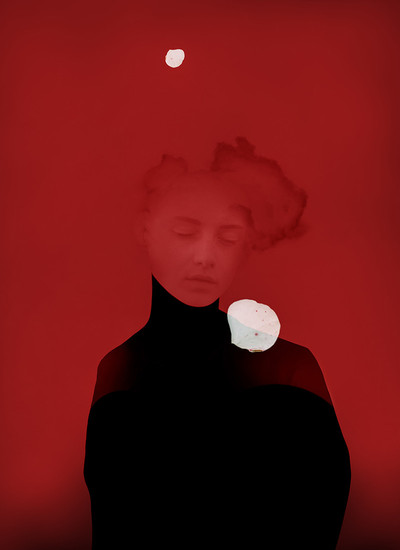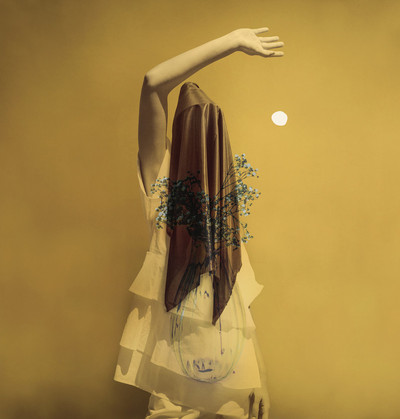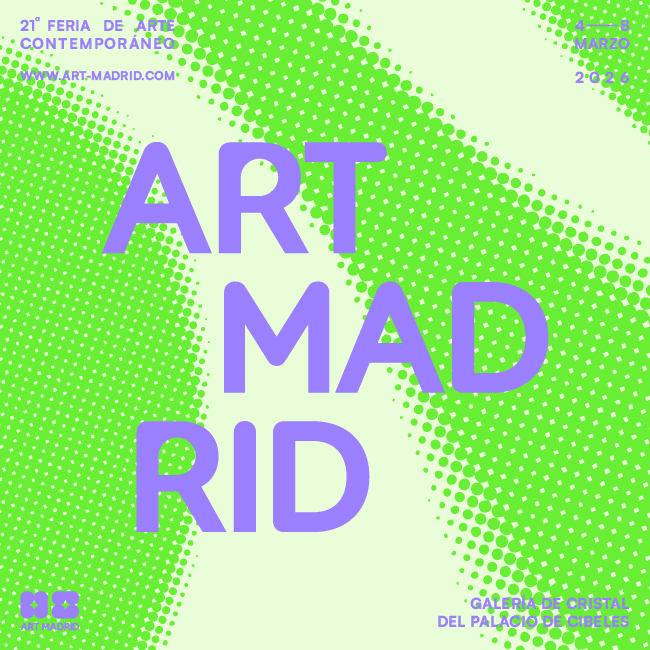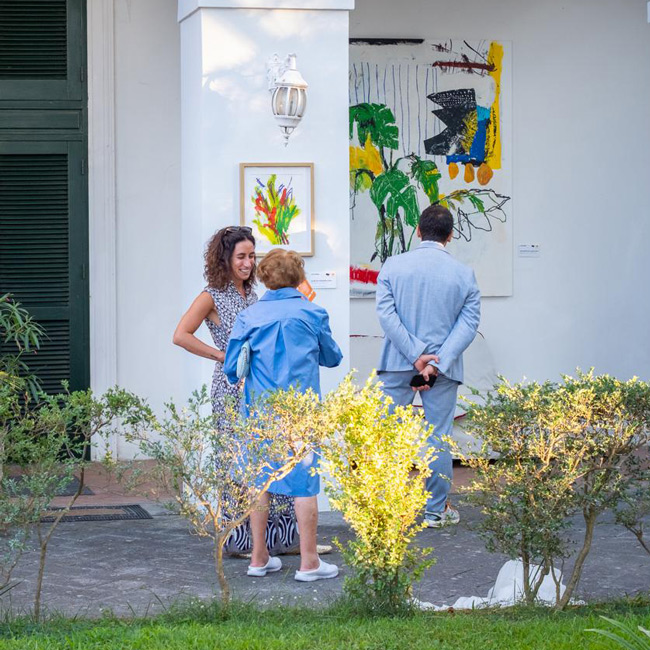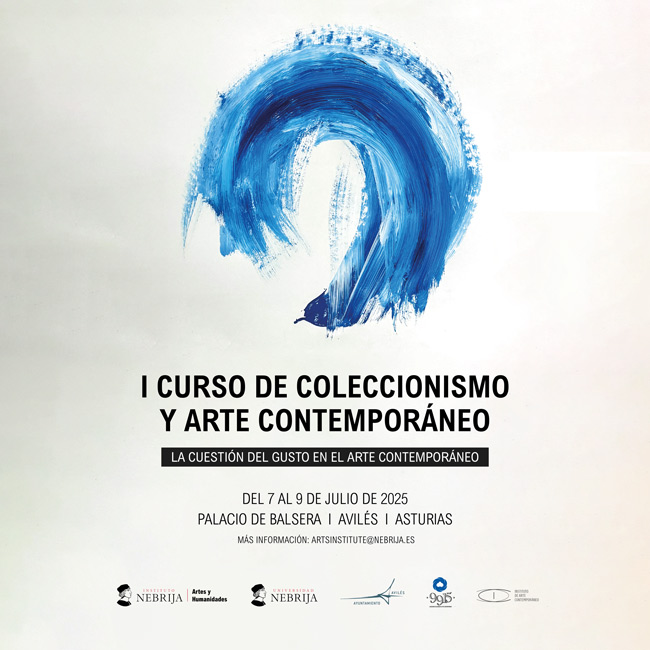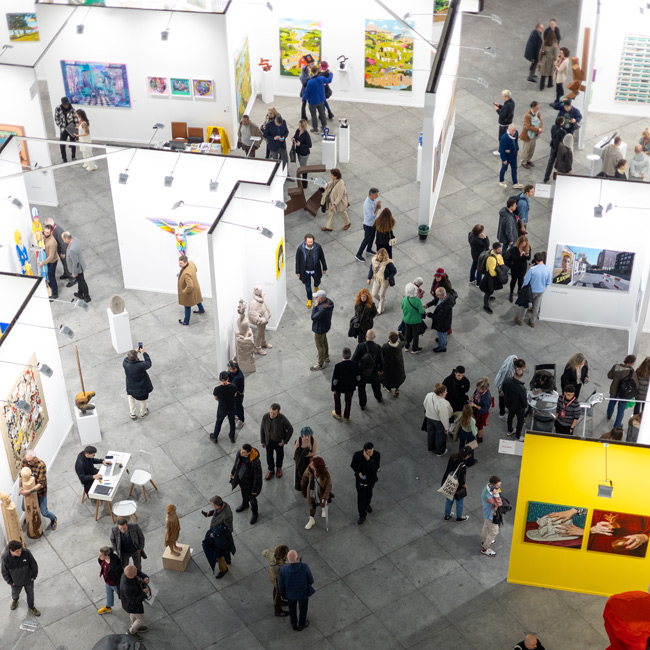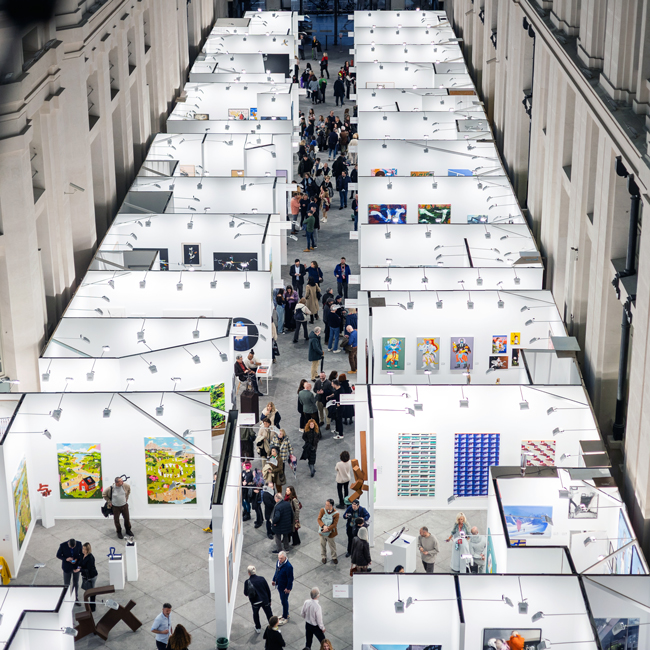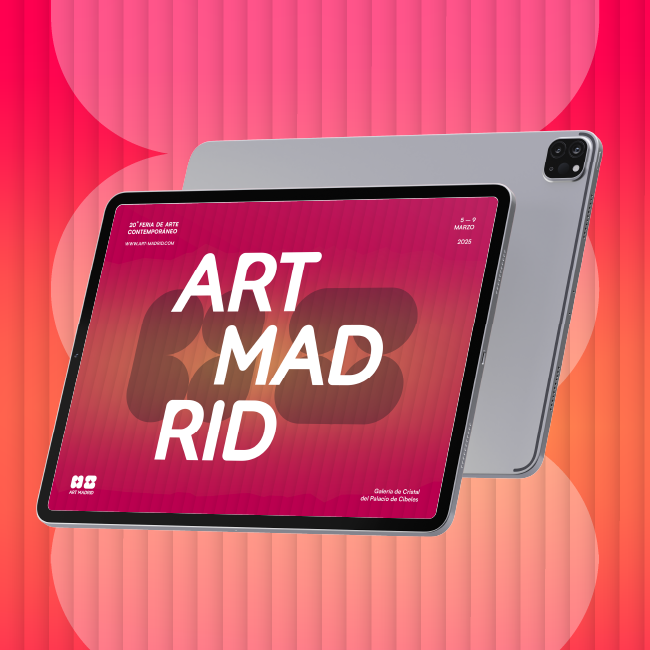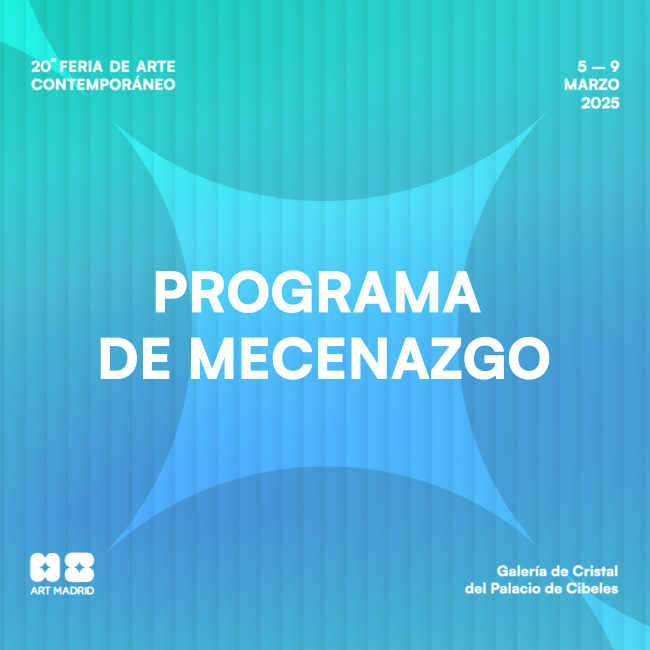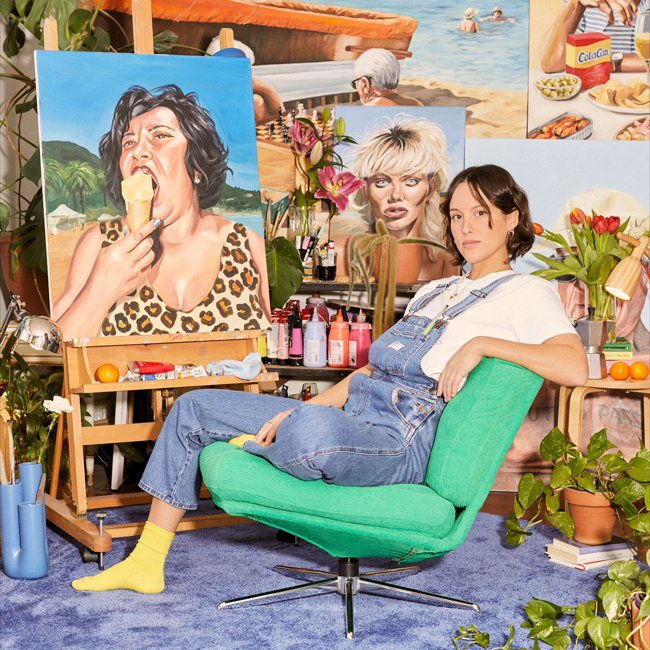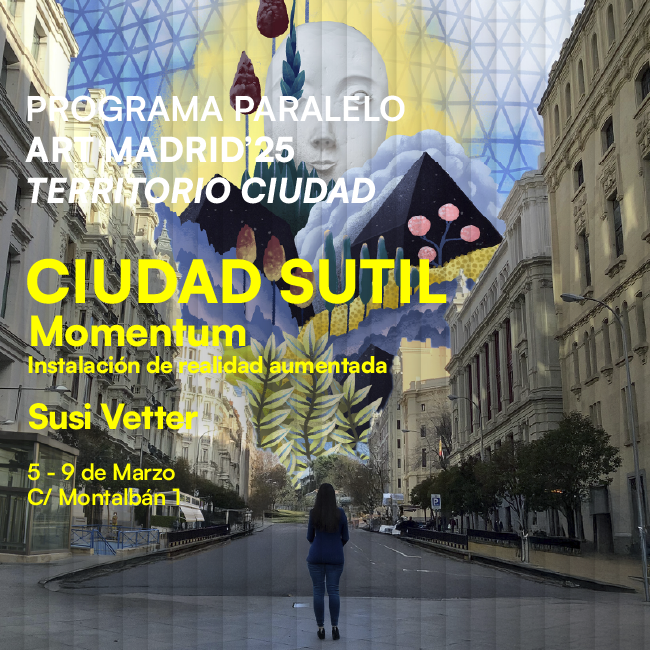THE ART MADRID ESSENTIALS
Feb 26, 2020
art madrid
Art Madrid'20 has in this edition 41 galleries and more than 200 artists coming from all over the world will exhibit their work during five days in the Crystal Gallery of the Cibeles Palace.
With a wide and varied exhibition proposal, this edition has a thousand works among painting, photography, sculpture, installation and video art.
Art Madrid hosts works by emerging and mid-career artists as well as consolidated professionals with an outstanding international career, which allows us to observe a varied and broad proposal of contemporary art as a whole.
We have made a selection of the essential ones of Art Madrid so that you do not miss the must of this edition in your visit:
The metaphysical and ethereal photographs of Aqua Aura in the Luisa Catucci Gallery. The artist's personal training continues with trips inside museums, in research laboratories and through enormous spaces in the natural environment. His studies range from the field of astrophysics to particle physics, biogenetics, philosophy and psychology of perception. Thanks to the participation for the first time of the Berlin gallery Luisa Catucci we will be able to enjoy the work of this artist.
Marta Fábregas and her series of "Colonized" women in the booth of Pigment Gallery. Her main talent is knowing how to capture in a quick and natural way the beauty that is in the things that surround us, that is why her works are so powerful. Putting the spotlight and the spark to everything that passes through her lens. Without a doubt, his empathy, involvement and creativity make each project he works on have a strength and character that makes it special and unique. We bet because his series of "Colonized" women will not leave the public indifferent with such a mixture of elegance, beauty and character.
Hendrik Czakainski's post-architectural panels with the Urban Spree gallery. The artist becomes a forensic architect, collecting evidence of disasters, past, present and future, incorporating them into large scale surrealistic compositions, creating three-dimensional landscapes that have become both empty of human presence and beautiful at the same time. His creations bring us to a state of contemplation by asking us if humanity is still part of the global equation or if the tipping point has already been reached; if a reversal is even possible.
The colorful works of Misterpiro in Galería Kreisler. After his beginnings in graffiti in his adopted city, he evolved in his studio towards watercolors, acrylics and water-based techniques. His technique is based on improvisation, where the aggressiveness of spray paint and the delicacy of watercolor are mixed in all types of support, creating a world that makes us travel from complete abstraction to the figurative.
Patricia Escutia's wire technique with the gallery Bea Villamarín. The artist participates with her work for the first time in Art Madrid. With a very personal technique where the wires resemble the lost words, "Transcriptions", she collects the lost messages of what has passed through our lives without leaving a trace; texts, notes, paintings, words... highlighting the lack of communication between individuals, when these belong to different realities. To highlight this fact, the artist creates a form of non-language that abstracts the system of signs used by human beings to communicate, which is materialized in an abstract, three-dimensional writing that turns these messages into a succession of empty lines of content.
Jorg Karg's photo collages at BAT Alberto Cornejo Gallery. The German artist has lived throughout his life an obsession with images. He takes, reorganizes and abstracts the photographic material, using an editing software, resulting in images full of surrealism and delicacy. His images, which are based on photographs of himself and others, are fragmented, superimposed and mutilated so that our eyes do the remaining work and compose a new picture full of beauty and sensuality.
Mari Quiñonero and her pastels on paper with the Taiwanese gallery Yiri Arts. The artist has created her own creative universe through different techniques that go from watercolor and acrylic to drawing and collage, to achieve her own quiet style where calm and order direct the look.
Luciano Ventrone and his extreme realism at the Italian Stefano Forni Gallery. Despite the fact that Luciano Ventrone is internationally recognized as one of the master realistic painters of his generation, he considers that his works are really about optics: "Painting is not about the mere representation of an object, but about its color and light". For each of his works, Ventrone carefully stages a theme under studio lights. Luciano's paintings "invite the viewer to an atmosphere of pure contemplation"; they are works of great skill and supreme aesthetic beauty. Ventrone shows things more clearly and distinctly than they appear to us in reality; everything is focused, everything is examined.
The sculpture by Nicolas Laiz with his series "Nopalia". The artist unifies the natural and the artificial, what is desired and what is imposed. He works on the reflection, through different techniques, of concepts such as landscape, exoticism and the construction of nature as a cultural, social and economic concept.
Samuel Salcedo's amazing heads, 3 Punts Galeria. His sculptures and characters always question the viewer with their subtle irony and vulnerability. Salcedo's sculptural work is characterized by technical excellence. One can see his mastery in the diversity of the materials he uses (resin, wood, aluminum, bronze) and which he integrates into the painting.











